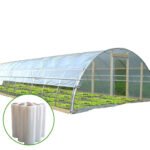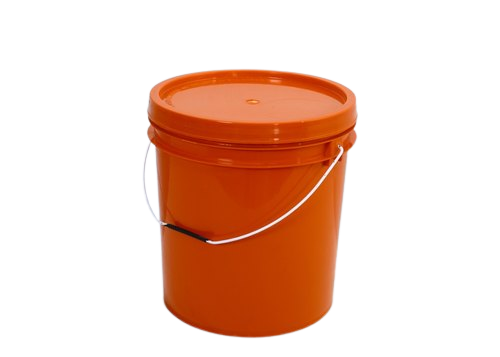Anti Oxidant Additive
Protecting Polymer as we care for Nature




Preventing Auto Degradation
>Aerobic degradation occurs gradually at room temperature, but almost all polymers are at risk of thermal-oxidation when they are processed at high temperatures, light assisted oxidation & exposed to UV light.
How it Works?
Generally, thermal degradation is caused in polymers under thermo -mechanical or thermo- oxidative conditions. Heat during polymer processing and end use environment produces free radicals which cause polymer chain scission or breakage leading to loss of mechanical properties.
know more
Polypropylene (PP) and polyethylene (PE) resins are inherently unstable and degrade when exposed to oxygen. When PP or PE degrades, chain scission, or the breaking up of the polymer chains into smaller pieces, takes place. The physical properties of the polymer deteriorate and its average molecular weight (chain length) decreases, melt flow rate increases and a powdery surface eventually forms. Polymer degradation generally happens during oxidation process, resin producers seek to stabilize the phenomenon by adding stabilizers such as antioxidants. The degradation of these polyolefin resins follows a cyclic oxidation process which involves initiation, propagation and termination respectively.






Chemical Process
Generally, thermal degradation is caused in polymers under thermo -mechanical or thermo- oxidative conditions. Heat during polymer processing and end use environment produces free radicals which cause polymer chain scission or breakage leading to loss of mechanical properties.
know more
Polypropylene (PP) and polyethylene (PE) resins are inherently unstable and degrade when exposed to oxygen. When PP or PE degrades, chain scission, or the breaking up of the polymer chains into smaller pieces, takes place. The physical properties of the polymer deteriorate and its average molecular weight (chain length) decreases, melt flow rate increases and a powdery surface eventually forms. Polymer degradation generally happens during oxidation process, resin producers seek to stabilize the phenomenon by adding stabilizers such as antioxidants. The degradation of these polyolefin resins follows a cyclic oxidation process which involves initiation, propagation and termination respectively.
| Product | Description | Download TDS |
|---|---|---|
| Plast Anti Oxidant | Prevents loss of physical and mechanical properties in polymers . Prevents gas fading of plastics when subjected to atmospheric pollutants. | Download TDS |
Types of Anti oxidants
Types of Anti oxidants
PRP Pipe
HDPE Pipe
PE Film
Water Tank
Recycling Material



















